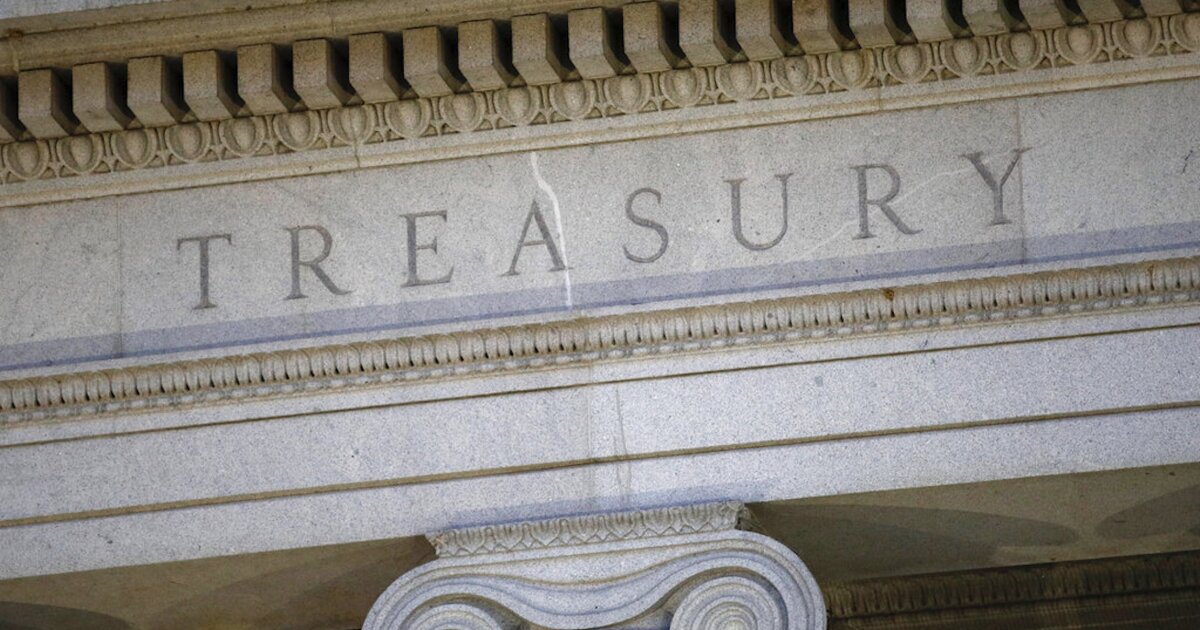

Yields on Treasury bills maturing soon have fallen from recent highs, a sign that investors are no longer worried about the possibility of a default on federal debt now that the debt limit deal has passed the House.
Yields on securities maturing in early June were largely down on Thursday, with the previously at-risk bills maturing on June 6 featuring yields below 5.3%. Yields for bills maturing on June 15 had fallen below 5.2%, and yields for bills maturing throughout the entire month of June were mostly down on Thursday.
DEBT LIMIT: HOW THE COMPROMISE COMPARES TO THE ORIGINAL GOP DEBT CEILING BILL
The declines are a big fall from the level that yields were at just days ago. Prior to the deal and its subsequent passage in the House, yields for Treasury bills maturing in June were pushing above 7% — speaking to the uncertainty about whether President Joe Biden and House Speaker Kevin McCarthy (R-CA) would be able to craft an agreement in time and prevent a technical default.
The higher yields were centered on the time that officials predict the U.S. will hit the so-called X-date, which is when the Treasury would no longer be able to guarantee that it can pay its incoming obligations — those bills would be at risk of nonpayment, causing investors to avoid them.
The current X-date, which is a moving target, is June 5, according to the Treasury Department. While the debt ceiling legislation passed the House in a 314-117 vote, with 165 Democrats joining 149 Republicans to back the legislation, it still must pass the Senate with a 60-vote majority and be signed into law by Biden.
The White House and GOP leadership appear to have avoided the worst of the debt ceiling woes. Prior to the agreement, there were fears that the U.S. could bump up too close to the X-date, a scenario that would have been calamitous to the economy.
The last time the country got this close to default, back in 2011, S&P announced it was downgrading the country’s credit rating below AAA (outstanding) — something that had never happened before.
Stocks also dropped during the 2011 debt limit fight, with the S&P 500 losing about 17% of its total value.
CLICK HERE TO READ MORE FROM THE WASHINGTON EXAMINER
This time around, the stock market didn’t suffer massive losses, even though the country is still within days of the X-date hitting.
Stocks were largely flat on Thursday following the bill’s passage. But over the past five days, the Dow Jones Industrial Average was actually slightly up, and the S&P 500 was up about 1% during that same period of time.




